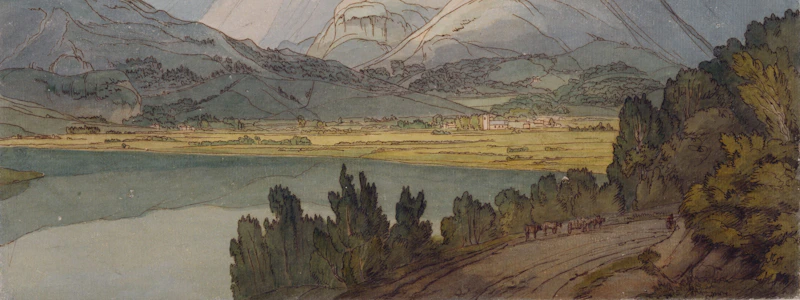Podcast
Questions and Answers
What does the People Power Monument by Eduardo Castrillo symbolize?
What does the People Power Monument by Eduardo Castrillo symbolize?
- The challenges of modern architecture in the Philippines
- The lack of innovative designs in construction
- The integration of traditional art in contemporary formats
- The triumph of the EDSA phenomena (correct)
How are traditional arts and contemporary arts described in their relationship?
How are traditional arts and contemporary arts described in their relationship?
- They have completely separate audiences and platforms.
- They aim to overpower each other's emotional expressions.
- They exist in mutual acceptance and respect for each other's principles. (correct)
- They are competitive and exclusive of each other's practices.
Which of the following characteristics is attributed to contemporary arts?
Which of the following characteristics is attributed to contemporary arts?
- Culture-bound and realistic figures
- Focused entirely on historical representation
- Diverse materials, styles, and lack of strict standards (correct)
- Set structures and predefined rules
What is one reason cited for the static nature of Philippine architecture?
What is one reason cited for the static nature of Philippine architecture?
What is an example of a traditional artwork adapted to contemporary format mentioned in the content?
What is an example of a traditional artwork adapted to contemporary format mentioned in the content?
What is a primary characteristic of traditional arts in the Philippines?
What is a primary characteristic of traditional arts in the Philippines?
What is the typical theme found in traditional Philippine arts?
What is the typical theme found in traditional Philippine arts?
Which of the following is an example of traditional art from the Philippines?
Which of the following is an example of traditional art from the Philippines?
What role do master craftsmen play in the preservation of traditional arts?
What role do master craftsmen play in the preservation of traditional arts?
Which traditional art form is associated with the Ifugao people?
Which traditional art form is associated with the Ifugao people?
In the context of traditional Philippine arts, what is folk art?
In the context of traditional Philippine arts, what is folk art?
How are songs and dances categorized in the context of traditional arts?
How are songs and dances categorized in the context of traditional arts?
Which of the following is NOT typically associated with traditional arts in the Philippines?
Which of the following is NOT typically associated with traditional arts in the Philippines?
What distinguishes traditional arts from contemporary arts in terms of expression?
What distinguishes traditional arts from contemporary arts in terms of expression?
In what way does traditional sculpture mainly differ from contemporary sculpture?
In what way does traditional sculpture mainly differ from contemporary sculpture?
What role do viewers play in contemporary works of art?
What role do viewers play in contemporary works of art?
What is a characteristic feature of traditional art?
What is a characteristic feature of traditional art?
How does the Philippine contemporary art differ from traditional art?
How does the Philippine contemporary art differ from traditional art?
Which example best illustrates the concept of reimagining events or characters in contemporary monuments?
Which example best illustrates the concept of reimagining events or characters in contemporary monuments?
What can be inferred about traditional arts in terms of their value and worth?
What can be inferred about traditional arts in terms of their value and worth?
Which statement correctly describes traditional arts?
Which statement correctly describes traditional arts?
Flashcards are hidden until you start studying
Study Notes
Traditional Arts
- Traditional arts in the Philippines date back to pre-colonial times and have been passed down through generations.
- Vital for cultural preservation, these arts often reflect the history and beliefs of indigenous communities.
- Commonly learned informally, traditional arts are usually crafted in closely knitted communities.
- Themes often revolve around animism, depicting deities through abstract symbols, as seen in Ifugao's Bulul, the god of rice.
- Examples include:
- Mangyans' woven basketry
- T’bolis’ t’nalak tapestry from South Cotabato
- Mindanao’s pissiyabit (head cloth)
- Lumban's embroidered jusi and piña cloth
- Woodcarvings and papier-mâché objects from Paete, Laguna.
- Traditional songs and dances, important forms of expression, are also preserved and passed down through generations.
- Classic literature such as Jose Rizal's "Noli Me Tangere" exemplifies traditional styles and formats that adhere to classical standards.
Traditional Arts vs. Contemporary Arts
- Traditional art is culture-bound, focusing on realistic representations, while contemporary art expresses the artist's feelings and thoughts.
- Contemporary art utilizes diverse materials, techniques, and styles without adhering to strict rules.
- Traditional sculpture often represents human and animal figures realistically; contemporary sculpture, like Ramon Orlina's works, emphasizes emotional expression.
- Monuments have evolved from traditional forms to contemporary interpretations that evoke deeper emotions, exemplified by Eduardo Castrillo's People Power Monument, which commemorates the 1986 revolution.
Interplay of Contemporary and Traditional Arts
- Contemporary arts can incorporate traditional elements creatively, as demonstrated by Nicanor Tiongson's adaptation of "Noli Foli: Dekada Dos Mil".
- Architectural styles in the Philippines combine traditional and modern designs, unlike hypermodern cities with radical innovations.
- The coexistence of traditional and contemporary arts reflects mutual respect and acceptance of each other's expressions and principles.
Comparison of Traditional and Contemporary Arts
- Traditional arts focus on art presentations and cultural adherence; contemporary arts center on personal artist expression and audience engagement.
- Contemporary works feature a diverse range of materials and styles unconstrained by traditional standards.
Studying That Suits You
Use AI to generate personalized quizzes and flashcards to suit your learning preferences.




